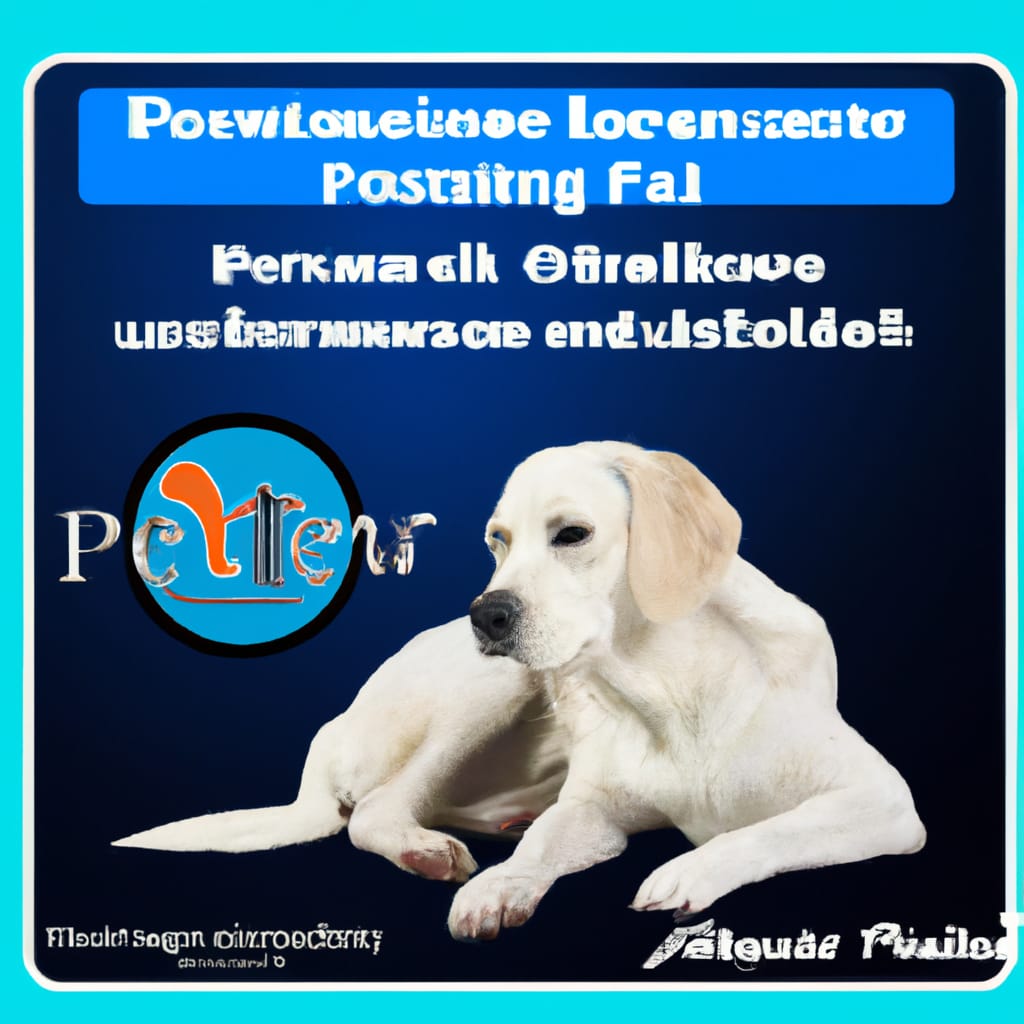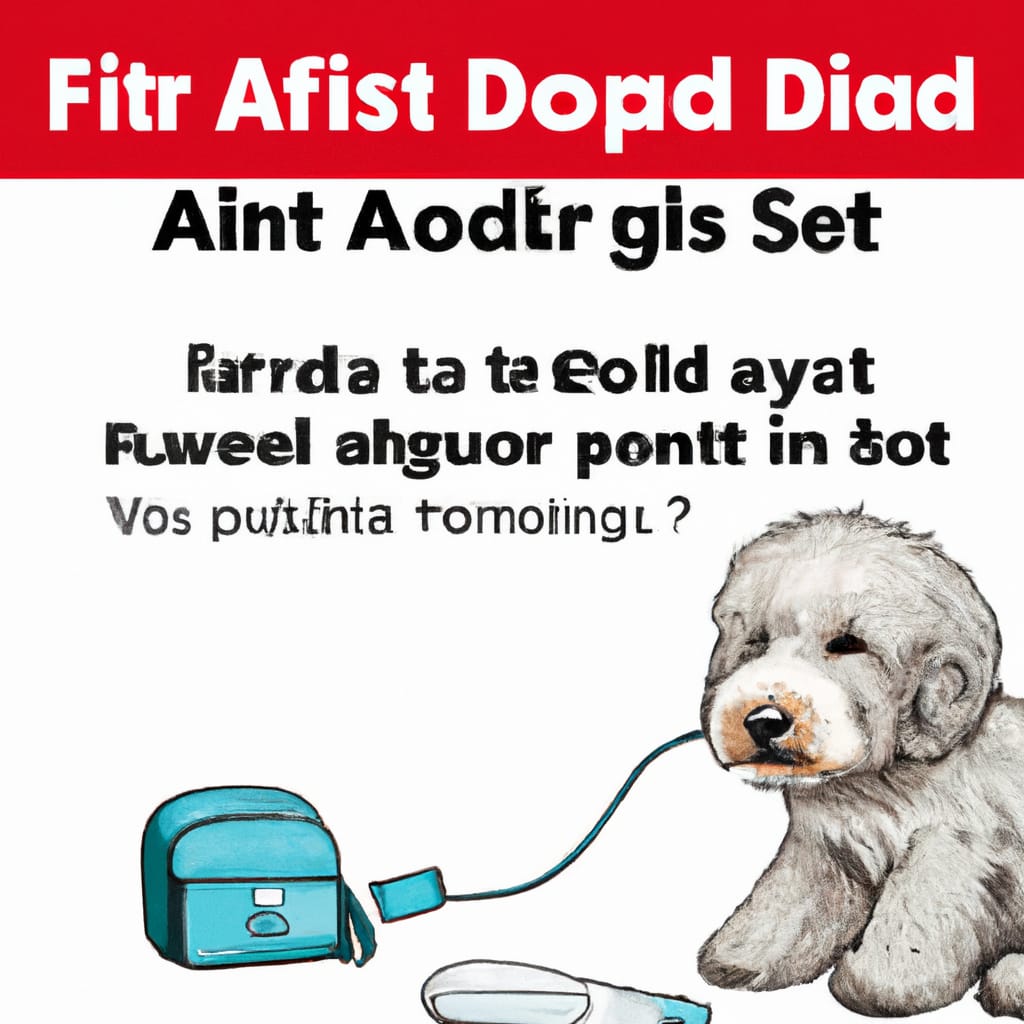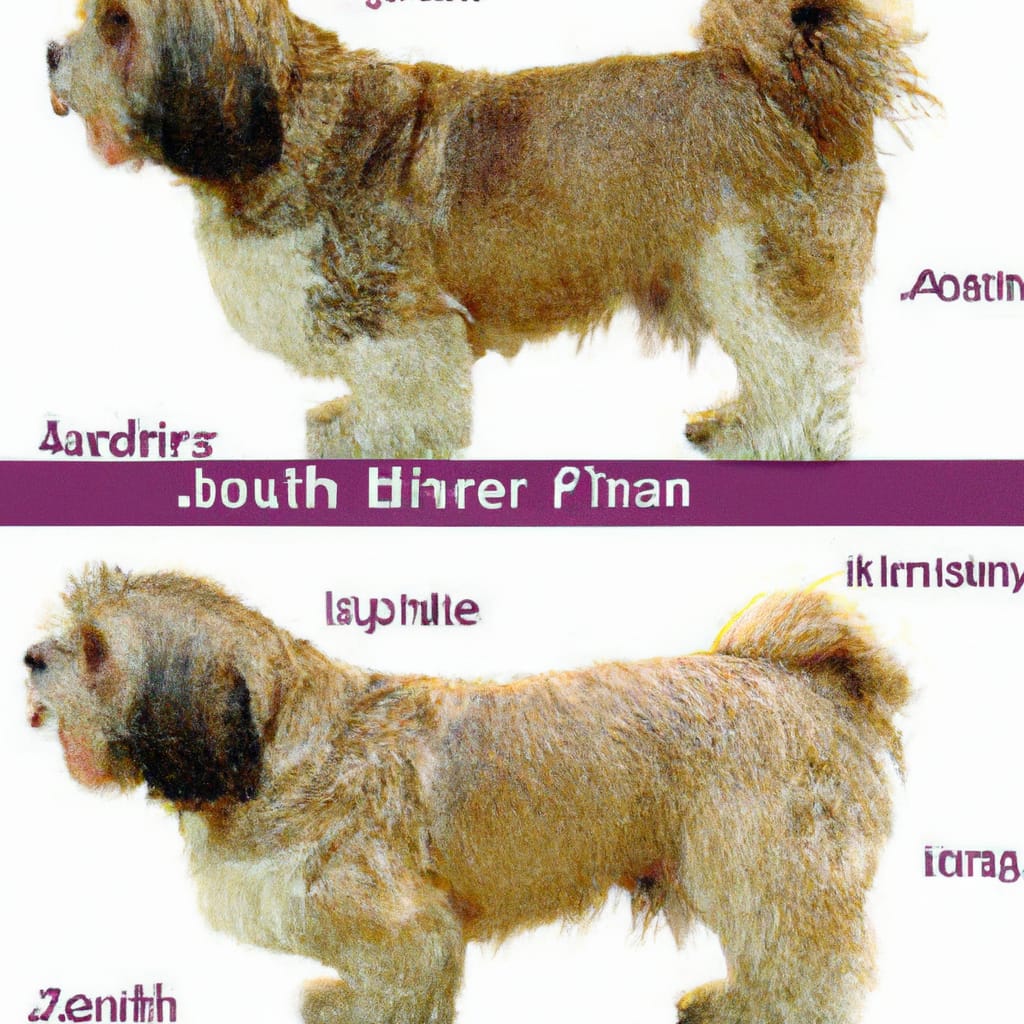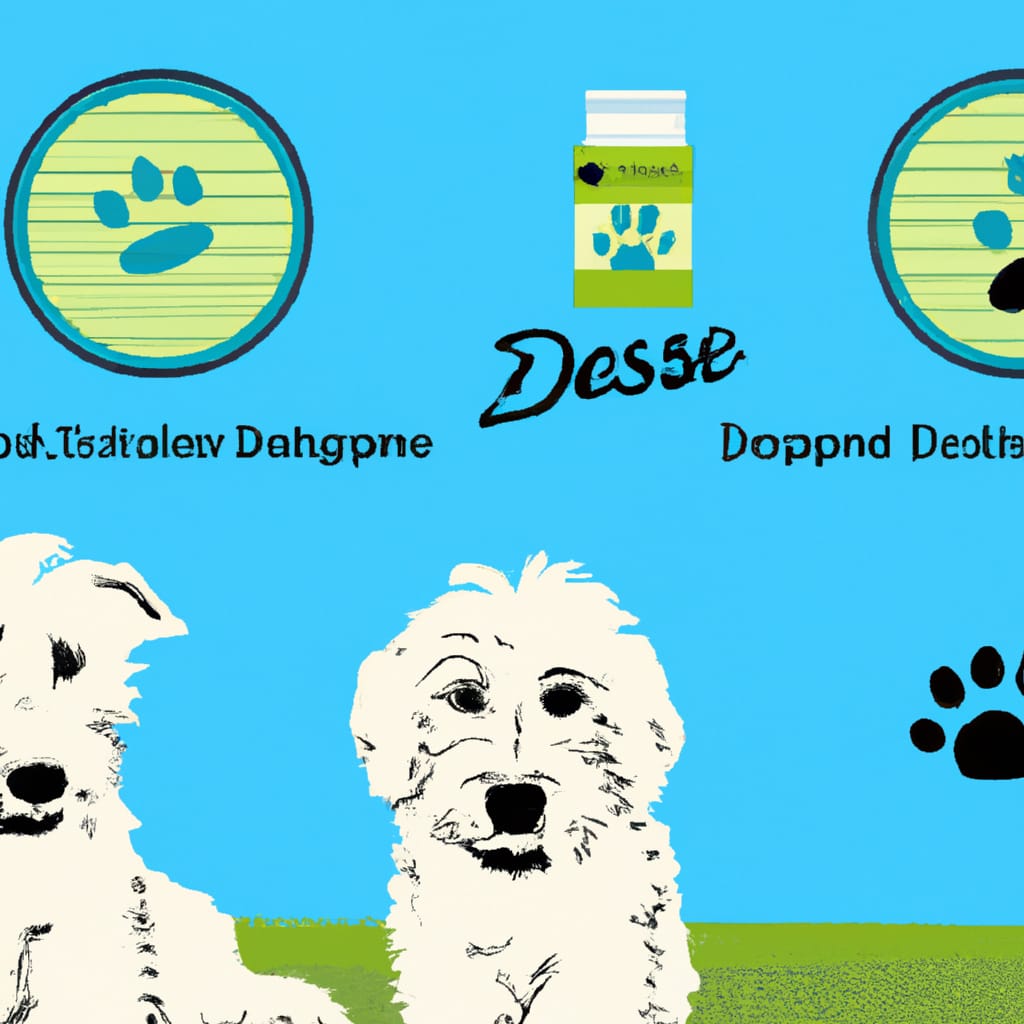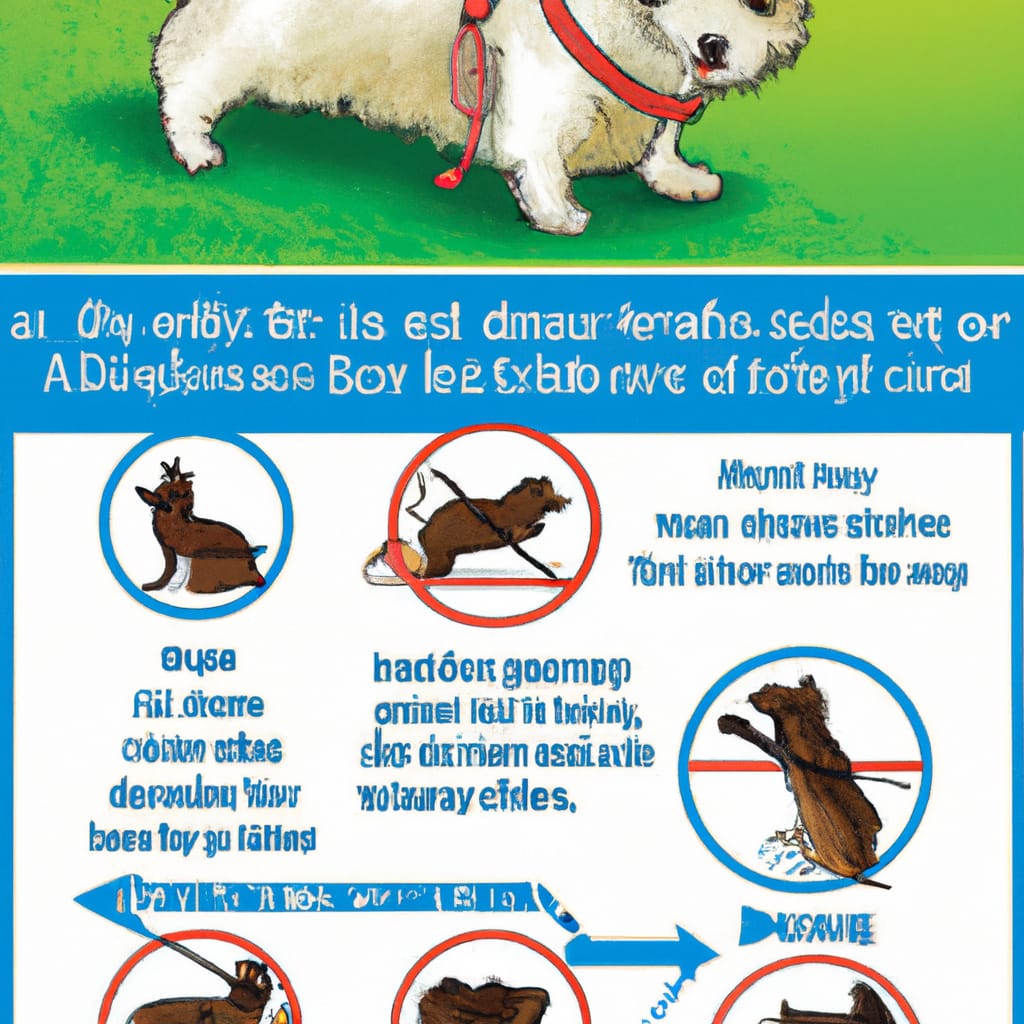What To Do If Your Dog Has Been Diagnosed With A Luxating Patella
If you’ve just discovered that your furry friend has been diagnosed with a luxating patella, it’s completely natural to feel concerned and unsure of what steps to take next. But fear not! In this article, we’ve got your back and will guide you through exactly what you can do to help your dog recover and live a comfortable, happy life. From understanding the condition to exploring treatment options, we’ll provide you with the knowledge and support you need to navigate this journey alongside your beloved pup. So let’s dive in and equip you with the tools and information necessary to address your dog’s luxating patella with confidence.
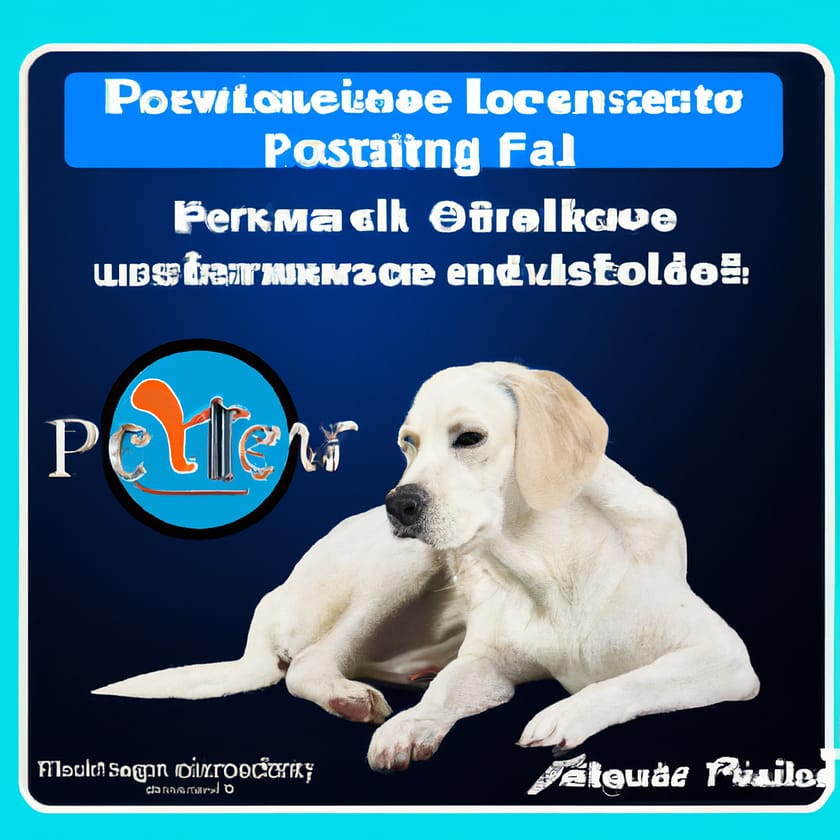
What is a Luxating Patella
A luxating patella, also known as a floating kneecap, is a common orthopedic condition that affects dogs. It occurs when the patella, or kneecap, moves out of its normal position within the knee joint. Instead of gliding smoothly in the groove of the femur, the patella may slip to the side or become stuck, causing pain and discomfort.
Small breed dogs, such as Chihuahuas, Pomeranians, and Yorkshire Terriers, are most commonly affected by luxating patellas. However, it can also occur in larger breeds. It is important to understand the causes, symptoms, and treatment options for luxating patella in order to provide the best care for your furry friend.
Causes of Luxating Patella
There are several factors that can contribute to the development of a luxating patella in dogs. Some potential causes include:
-
Genetic predisposition: Luxating patella is often seen in certain breeds due to inherited structural abnormalities in the knee joint. Breeding dogs with a history of luxating patellas can increase the likelihood of passing on this condition to offspring.
-
Trauma: A traumatic injury, such as a fall or a hard blow to the knee, can cause the patella to become dislocated or misaligned. This can lead to a luxation that may require medical intervention.
-
Developmental abnormalities: Congenital deformities or growth abnormalities in the bones and ligaments of the knee joint can contribute to the development of a luxating patella.
-
Overuse or repetitive stress: Dogs that engage in excessive jumping, running, or other high-impact activities may put strain on the knee joint, making it more prone to luxation.
Understanding the underlying cause of your dog’s luxating patella can help guide treatment options and preventive measures.
Symptoms of Luxating Patella
If your dog has a luxating patella, you may notice the following symptoms:
-
Limping or favoring one leg: Your dog may lift or avoid using the affected leg, especially after exercise or extended periods of rest.
-
Difficulty extending or flexing the affected leg: Your dog may have difficulty fully bending or straightening the leg due to pain or restricted movement.
-
Abnormal gait: The affected leg may appear to buckle or collapse intermittently, causing your dog to have an irregular or bunny-hopping gait.
-
Joint swelling and pain: In some cases, a luxating patella may cause inflammation and discomfort in the knee joint, resulting in swelling, tenderness, and pain.
-
Decreased activity level: Dogs with a luxating patella may become less active or avoid participating in activities that require excessive movement or exertion.
If you notice any of these symptoms in your dog, it is important to consult with your veterinarian for a proper diagnosis and treatment plan.
Diagnosing Luxating Patella
To diagnose a luxating patella, your veterinarian will perform a thorough physical examination of your dog’s legs, joints, and overall gait. They may also take X-rays to better assess the alignment and structure of the knee joint.
Additionally, your veterinarian may manipulate the kneecap during the examination to evaluate its stability and determine the degree of luxation. This will help classify the severity of the condition and guide appropriate treatment options.
In some cases, your veterinarian may recommend further imaging studies, such as ultrasound or MRI, to obtain a more detailed view of the knee joint and surrounding structures.
A proper diagnosis is crucial for determining the most effective treatment approach for your dog’s luxating patella.
Treatment Options
The treatment options for luxating patella can vary depending on the severity of the condition and the underlying cause. In some cases, non-surgical treatments may be sufficient, while others may require surgical intervention.
Non-Surgical Treatment
Non-surgical treatment options for luxating patella may include:
-
Rest and restricted activity: Minimizing excessive exercise and providing a calm environment can help reduce stress on the knee joint and promote healing.
-
Weight management: Maintaining a healthy weight through proper diet and portion control can alleviate strain on the joint and improve overall mobility.
-
Physical therapy: Therapeutic exercises, such as gentle range of motion movements and controlled strengthening exercises, can help improve muscle tone and joint stability.
-
Medications: Your veterinarian may prescribe nonsteroidal anti-inflammatory drugs (NSAIDs) to alleviate pain and reduce inflammation associated with a luxating patella.
Surgical Options
If non-surgical treatments do not provide adequate relief or if the luxation is severe, your veterinarian may recommend surgical intervention. Surgical options for luxating patella may include:
-
Tibial tuberosity transposition: This procedure involves repositioning the attachment site of the patellar ligament on the tibia to correct the alignment of the patella.
-
Trochlear block recession: In this procedure, the groove in the femur where the patella should track smoothly is deepened to prevent the patella from luxating out of place.
-
Sulcoplasty: This surgical technique involves reshaping the groove in the femur to create a more stable surface for the patella.
The specific surgical procedure recommended for your dog will depend on various factors, including the severity of the luxating patella and the overall health and condition of the knee joint.
It is important to discuss the potential risks, benefits, and expected outcomes of surgery with your veterinarian before making a decision.
Rehabilitation after Surgery
After your dog undergoes surgery for a luxating patella, proper rehabilitation is essential for a successful recovery and optimal joint function. Rehabilitation typically involves a combination of post-operative care, physical therapy, and targeted exercises to strengthen the knee.
Post-Operative Care
Following surgery, your veterinarian will provide specific instructions for post-operative care. This may include:
-
Medications: Your veterinarian may prescribe pain medication or antibiotics to help manage discomfort and prevent infection.
-
Limited activity and rest: Restricting your dog’s activity level and providing a quiet, stress-free environment can promote healing and minimize the risk of re-injury.
-
Incision care: Keeping the surgical incision clean and dry, as well as monitoring for any signs of infection or improper healing, is crucial.
-
Follow-up appointments: Regular follow-up appointments with your veterinarian will allow for ongoing assessment of your dog’s progress and adjustment of the treatment plan as needed.
Physical Therapy
Physical therapy plays a vital role in rehabilitating your dog’s knee joint after surgery. A certified veterinary rehabilitation therapist can design an individualized program that may include:
-
Passive range of motion exercises: Gently moving the affected leg through a full range of motion can help maintain flexibility and prevent stiffness.
-
Therapeutic ultrasound: This modality uses sound waves to promote tissue healing and reduce inflammation in the knee joint.
-
Laser therapy: Low-level laser therapy can stimulate tissue repair and reduce pain and inflammation.
-
Hydrotherapy: Controlled water movements can provide low-impact exercise and resistance to strengthen the muscles surrounding the knee joint.
The frequency and duration of physical therapy sessions will depend on your dog’s specific needs and overall progress.
Exercises to Strengthen the Knee
In addition to physical therapy, incorporating targeted exercises into your dog’s daily routine can help strengthen the knee joint and improve overall stability. Your veterinarian or rehabilitation therapist can provide guidance on appropriate exercises, which may include:
-
Sit-to-stand exercises: Encouraging your dog to sit and then rise from a controlled position can help strengthen the muscles that stabilize the knee joint.
-
Balance and proprioception exercises: Engaging your dog in activities that challenge their balance, such as standing on a wobble board or using balance discs, can improve joint awareness and coordination.
-
Controlled walking and controlled jumps: Gradually increasing the duration and intensity of controlled walks and jumps can help build muscle strength and stability.
Remember to always start with gentle exercises and gradually increase the difficulty as your dog’s strength and confidence improve. It is essential to avoid any activities that may put excessive stress on the knee joint during the rehabilitation period.

Preventing Luxating Patella
While luxating patella may not be entirely preventable, there are measures you can take to reduce the risk or severity of this condition in your dog.
Maintaining a Healthy Weight
Maintaining a healthy weight is crucial for preventing many orthopedic issues, including luxating patella. Excess weight puts additional strain on the joints, making them more susceptible to injuries and instability. Consult with your veterinarian to determine the appropriate diet and feeding plan for your dog’s specific needs.
Regular Exercise
Regular exercise is essential for keeping your dog’s muscles strong and joints healthy. However, it is important to strike a balance and avoid overexertion. Low-impact exercises, such as swimming and walking on soft surfaces, can help maintain muscle tone and joint flexibility without putting excessive stress on the knees.
Avoiding Excessive Jumping and Stairs
Excessive jumping, especially from high surfaces, can increase the risk of trauma and injury to the knee joint. Limiting jumping activities and providing ramps or steps for access to elevated surfaces can help reduce the strain on the knees. Similarly, minimizing the use of stairs, especially for smaller breeds prone to luxating patella, can also be beneficial.
By taking these preventive measures, you can reduce the likelihood of your dog developing a luxating patella or experiencing recurring episodes.
Diet and Nutrition
Proper diet and nutrition play a significant role in maintaining joint health and supporting overall well-being. Consider the following factors when it comes to your dog’s diet:
Feeding a Balanced Diet
Ensure that your dog’s diet is well-balanced and provides essential nutrients for joint health. High-quality dog food formulated for your dog’s specific age, size, and breed can support joint function and help prevent conditions such as luxating patella. Additionally, incorporating fresh fruits and vegetables, lean proteins, and omega-3 fatty acids can provide further nutritional benefits.
Consult with your veterinarian to determine the most suitable diet for your dog’s individual needs.
Supplements for Joint Health
In some cases, your veterinarian may recommend joint supplements to support your dog’s joint health and manage the symptoms of a luxating patella. Glucosamine, chondroitin, and omega-3 fatty acids are commonly used supplements that can help reduce inflammation and promote cartilage health.
However, it is important to consult with your veterinarian before starting any supplements to ensure proper dosage and effectiveness.
Managing Pain and Discomfort
Managing pain and discomfort associated with a luxating patella is crucial for your dog’s overall well-being. There are various options available to alleviate pain and improve joint function.
Nonsteroidal Anti-Inflammatory Drugs (NSAIDs)
NSAIDs, such as carprofen or meloxicam, may be prescribed by your veterinarian to reduce pain, inflammation, and discomfort in dogs with a luxating patella. These medications should only be given under veterinary guidance, as they can have potential side effects.
It is important to follow your veterinarian’s instructions regarding the dosage and duration of NSAID administration.
Joint Supplements
As previously mentioned, joint supplements containing glucosamine, chondroitin, and omega-3 fatty acids can help manage pain and support joint health. These supplements work by reducing inflammation, promoting cartilage repair, and improving joint mobility.
Discuss with your veterinarian whether joint supplements are suitable for your dog and what the recommended dosage would be.
Alternative Therapies
Alternative therapies, such as acupuncture and chiropractic care, may be beneficial in managing pain and discomfort associated with a luxating patella. These modalities focus on restoring balance and promoting natural healing within the body.
Consult with a certified veterinary acupuncturist or chiropractor to determine if these therapies would be beneficial for your dog’s specific condition.
Monitoring and Follow-up
Once your dog has been diagnosed with a luxating patella, monitoring their mobility and pain levels is essential for managing the condition effectively.
Regular Veterinary Check-ups
Regular veterinary check-ups are crucial for assessing your dog’s overall health and monitoring the progression of the luxating patella. Your veterinarian will perform thorough examinations, evaluate the knee joint’s stability, and make any necessary adjustments to the treatment plan.
Monitoring Mobility and Pain Levels
Closely monitor your dog’s mobility and pain levels on a daily basis. Understanding any changes or worsening of symptoms can help you identify potential issues and seek prompt veterinary attention. Additionally, observing your dog’s gait during walks or exercise can provide valuable information about the efficacy of the treatment plan.
By diligently monitoring and following up with your veterinarian, you can ensure that your dog’s luxating patella is managed effectively and that any necessary interventions are implemented in a timely manner.
Understanding the Prognosis
The long-term outlook for dogs with a luxating patella can vary depending on the severity of the condition, the effectiveness of the chosen treatment, and the underlying cause. It is important to have realistic expectations and understand the potential complications that may arise.
Long-Term Outlook
With appropriate treatment and proactive management, many dogs can lead normal, active lives despite having a luxating patella. However, some dogs may continue to experience occasional episodes of discomfort or require ongoing monitoring and treatment.
Regular veterinary check-ups, proactive preventive measures, and open communication with your veterinarian can help ensure the best possible long-term prognosis for your furry friend.
Possible Complications
Complications associated with a luxating patella may include:
-
Arthritis: Chronic luxation of the patella can lead to the development of arthritis in the affected knee joint. This can cause ongoing pain and restricted mobility.
-
Recurrence of luxation: In some cases, the luxating patella may recur despite surgical intervention. Additional surgical procedures or alternative treatment options may be necessary to address persistent instability.
-
Degenerative joint disease: Long-standing or severe luxating patella can contribute to the development of degenerative joint disease, which involves the gradual deterioration of the joint structures. This can result in chronic pain, reduced mobility, and a decreased quality of life for your dog.
Regular monitoring, early intervention, and adherence to the recommended treatment plan can help minimize the risk of complications and provide the best possible outcome for your dog.
Supporting Your Dog Emotionally
Having a luxating patella can be stressful and uncomfortable for your furry friend. Providing emotional support is just as important as physical care.
Providing Comfort and Security
Creating a safe and comfortable environment for your dog can help alleviate anxiety and stress associated with the condition. Providing a cozy bed, soft blankets, and a quiet space where your dog can retreat and relax can make a significant difference in their overall well-being.
Reducing Stress
Stress can exacerbate pain and discomfort in dogs with a luxating patella. Minimize stressful situations, such as exposure to loud noises, crowded places, or aggressive dogs, to help keep your dog calm and relaxed.
Encouraging Mental Stimulation
Engaging your dog in mentally stimulating activities, such as puzzle toys or obedience training, can distract from any discomfort and help maintain a positive mindset. Mental stimulation is essential for preventing boredom and promoting overall well-being.
Seeking Professional Advice
When dealing with a luxating patella, it is crucial to seek professional advice from a veterinary specialist to ensure the best care and management for your dog.
Consulting with a Veterinary Specialist
Consulting a veterinary specialist, such as an orthopedic surgeon or a veterinary rehabilitation therapist, can provide valuable insights and specialized treatment options tailored to your dog’s specific needs. They can help determine the most appropriate surgical or non-surgical treatment plan based on the severity of the luxating patella and the individual characteristics of your dog.
Joining Support Groups
Connecting with other pet owners who have dogs with a luxating patella can provide emotional support, as well as a platform for sharing experiences and knowledge. Online support groups and forums can be a valuable resource to learn from others and gather information about managing the condition effectively.
Remember that your dog’s well-being is at the forefront, and seeking professional advice is crucial for providing them with the best care possible.
In conclusion, a luxating patella can be a challenging condition to manage, but with the right treatment, support, and preventive measures, your dog can lead a happy and active life. By understanding the causes, symptoms, and treatment options, you can ensure that your furry friend receives the care they need to thrive. Always consult with your veterinarian to create a personalized treatment plan that addresses your dog’s specific needs and provides the best possible outcome. With your love and support, your dog can overcome the challenges of a luxating patella and continue to bring joy to your life.


